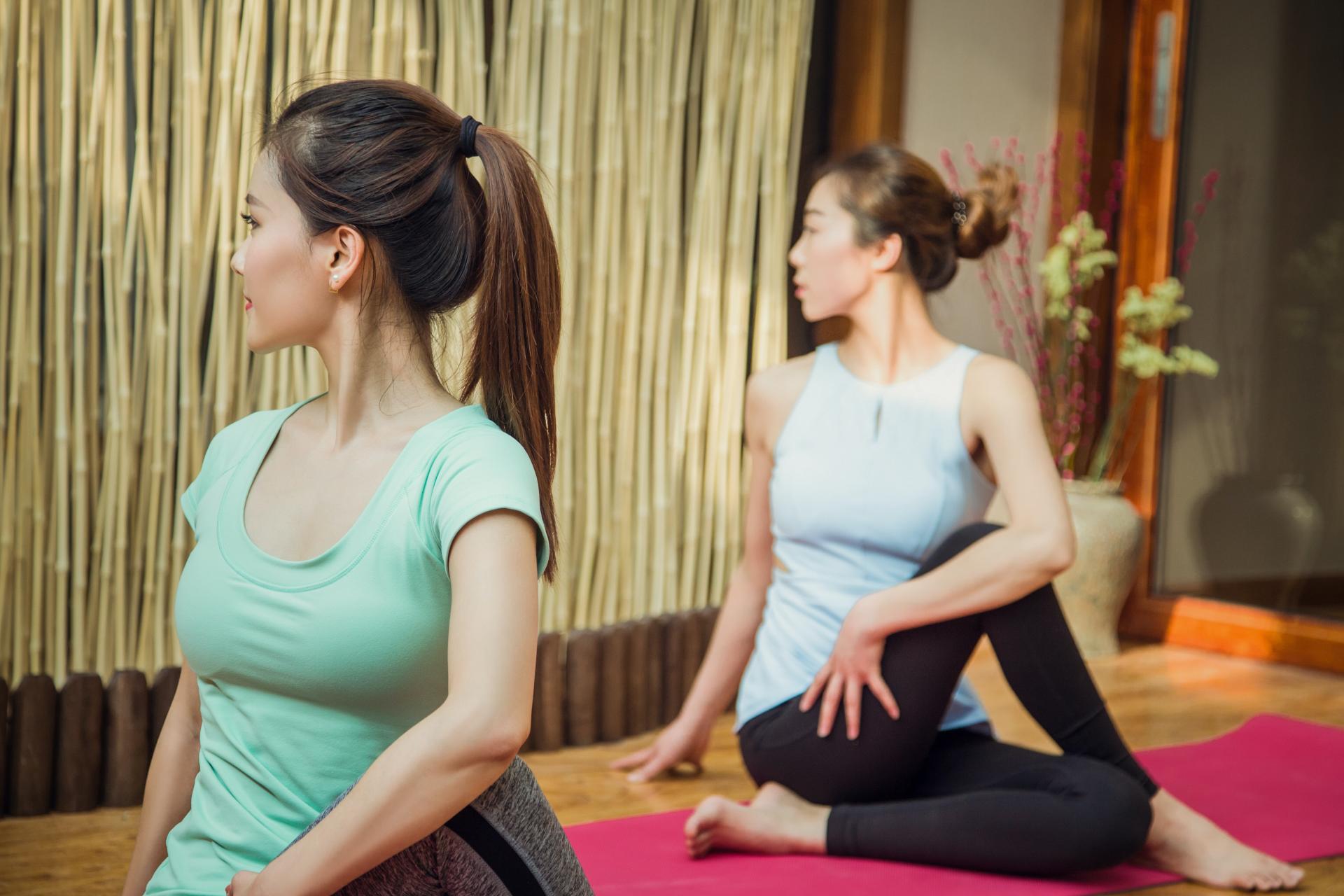March 1, 2021
Yoga for Chronic Pain

Sheetal DeCaria MD
Yoga has been shown to have profound benefits on both the mind and body for a variety of pain conditions
Yoga is an excellent form of exercise for many patients suffering from chronic pain. Through the various poses and deep breathing, it also has substantial mind-body benefits. Yoga includes physical, breathing and relaxation techniques, and can thus provide both musculoskeletal and psychological benefits (1).
A 2013 systematic review and meta-analysis examined the effects of yoga in participants with a variety of chronic pain syndromes including low back pain (LBP), osteoarthritis (OA), rheumatoid arthritis (RA), kyphosis and fibromyalgia syndrome (FMS) (1). They looked at seventeen studies and 1,626 participants, in which yoga was the primary intervention. Eight of the 17 studies met their standards for the analysis. The yoga styles utilized were mainly Hatha or posture yoga, which comprise the most common yoga styles practiced in western countries. Participants attended regular sessions for a range of 8 to 72 hours of total yoga practice. They demonstrated improvement in pain, function, and psychosocial outcomes, resulting in positive impacts on quality of life and depression levels for all groups. However, not all results were statistically significant. Outcomes varied depending on the cause of each person’s pain and dysfunction. Unfortunately, the study did not comment on which yoga positions were the most favorable.
A study published in 2017 replicated these findings and also illustrated the positive impact of yoga (2). This study also looked at patients who did home yoga with DVDs, in addition to classes in person, and reported that yoga can help various chronic pain conditions. They did, of note, recommend these exercises be done in classes with certified yoga instructors to avoid injury. I agree and believe yoga should initially be done with the guidance of a professional, to ensure proper form, and avoid potential muscle strain or injury.
If you are new to yoga, here is a breakdown of a few styles of yoga that are great for beginners:
-
Viniyoga
- A therapeutic style of yoga that emphasizes repetitive movement combined with breath work.
-
Iyengar Yoga
- Utilizes straps, blocks, and chairs to assist with alignment of poses. Due to these props, this is a great style of yoga for chronic pain patients. It also emphasizes safe alignment.
-
Yin Yoga
- Focuses on the body’s connective tissue, ligaments, and joints, as opposed to the muscles. Yin Yoga is practiced on the floor, and most poses are either sitting or reclining backwards. To affect change in the connective tissue, poses are held for several minutes. It is typically more challenging than Iyengar yoga.
- Restorative Yoga
These styles of yoga require more strength and experience:
- Ashtanga Yoga
- Vinyasa (the goal of Vinyasa is to improve coordination, strength, and balance through a sequence of poses)
- Bikram or “hot” yoga (Note: The studio could be 104 degrees)
- Kundalini Yoga
References:
- Ward L, Stebbings S, Cherkin D, Baxter GD. Yoga for functional ability, pain and psychosocial outcomes in musculoskeletal conditions: a systematic review and meta-analysis. Musculoskelet Care. 2013;11(4):203–217
- Achilefu A., Joshi K., Meier M., McCarthy LH. Yoga and other meditative movement therapies to reduce chronic pain. J Okla State Med Soc. 2017; 110(1):14-16.
SHARE THIS
IF YOU THINK YOU WANT TO DIVE DEEPER...
There is a solution to feel better today!
Check out our services page for our DIY Mind Body Reset course
Or schedule a discovery call below if you want to explore our one-on-one coaching programs.
